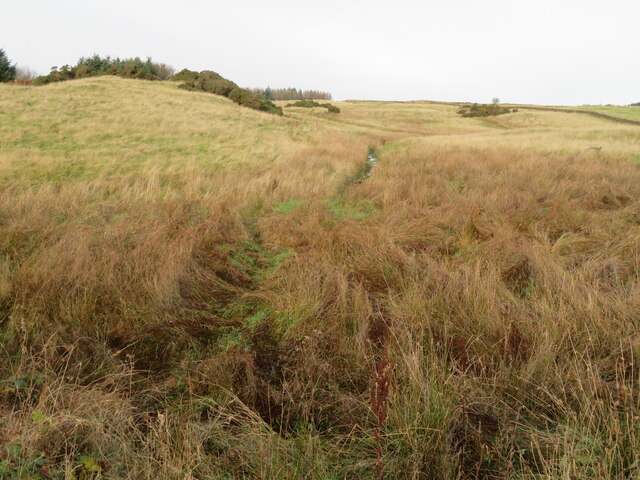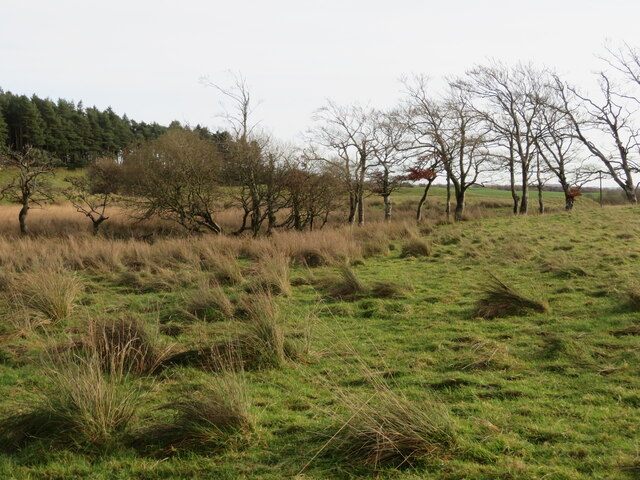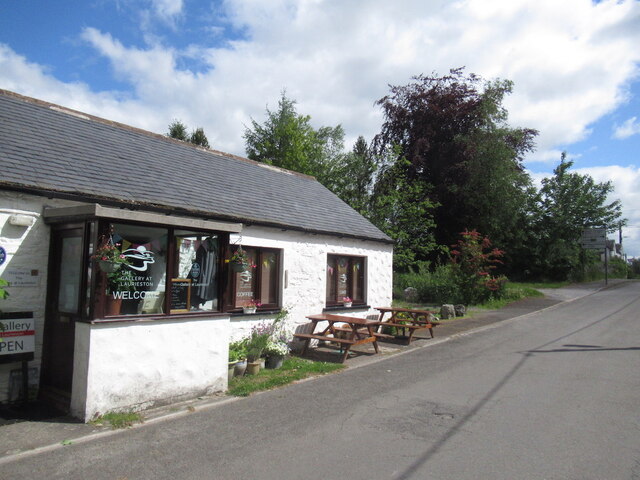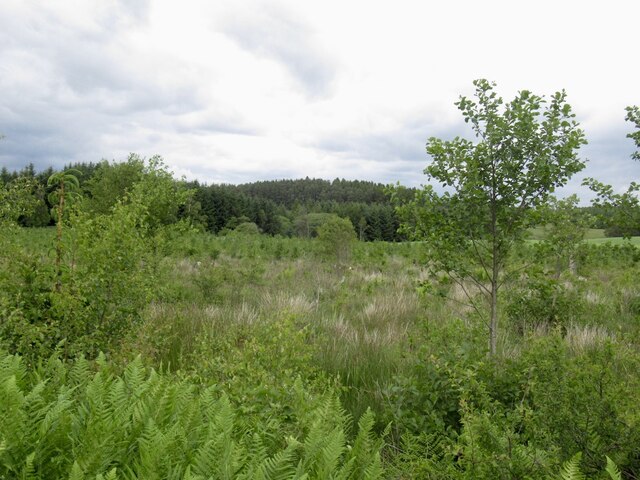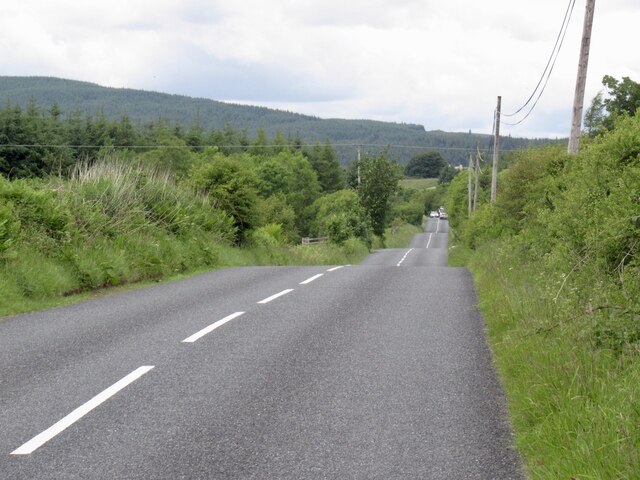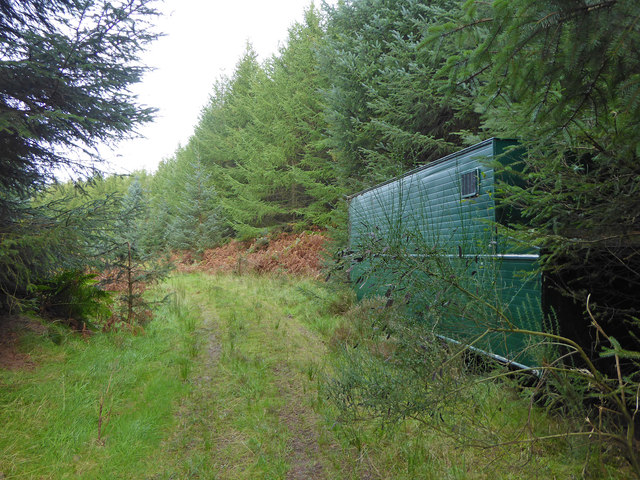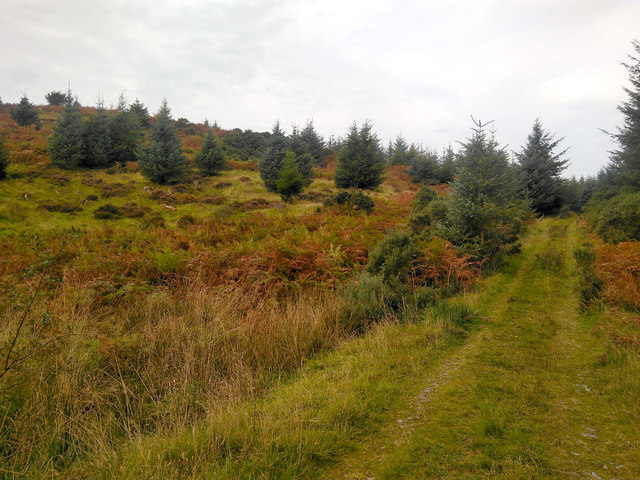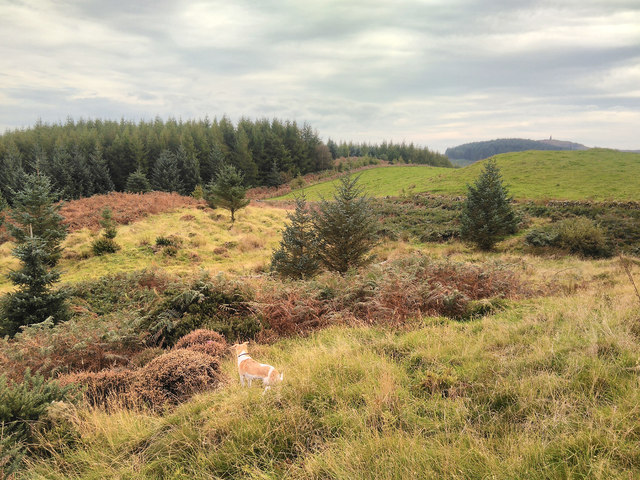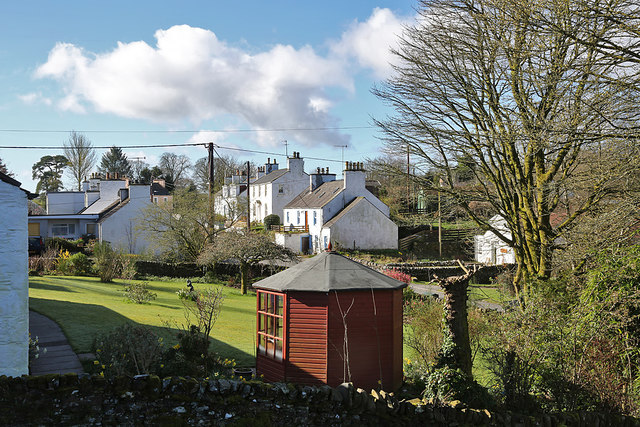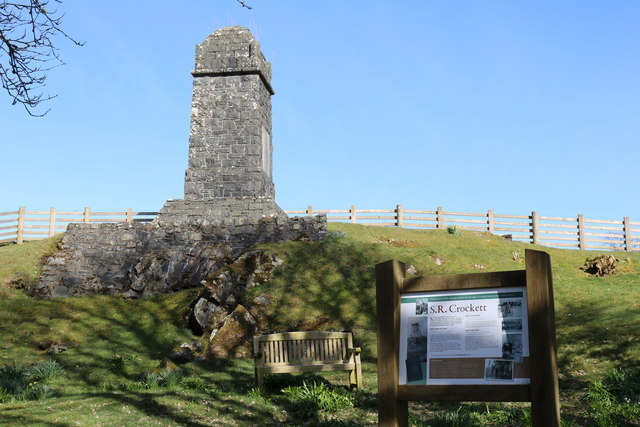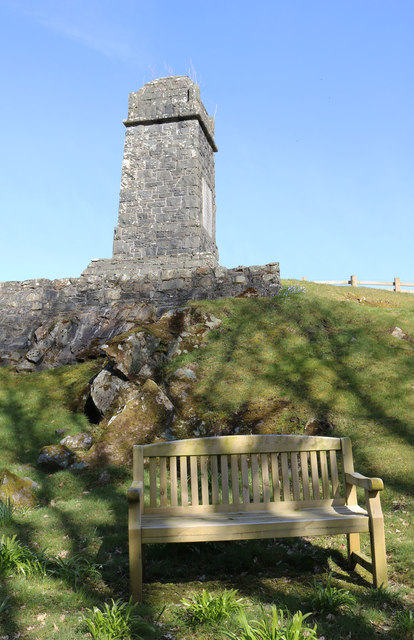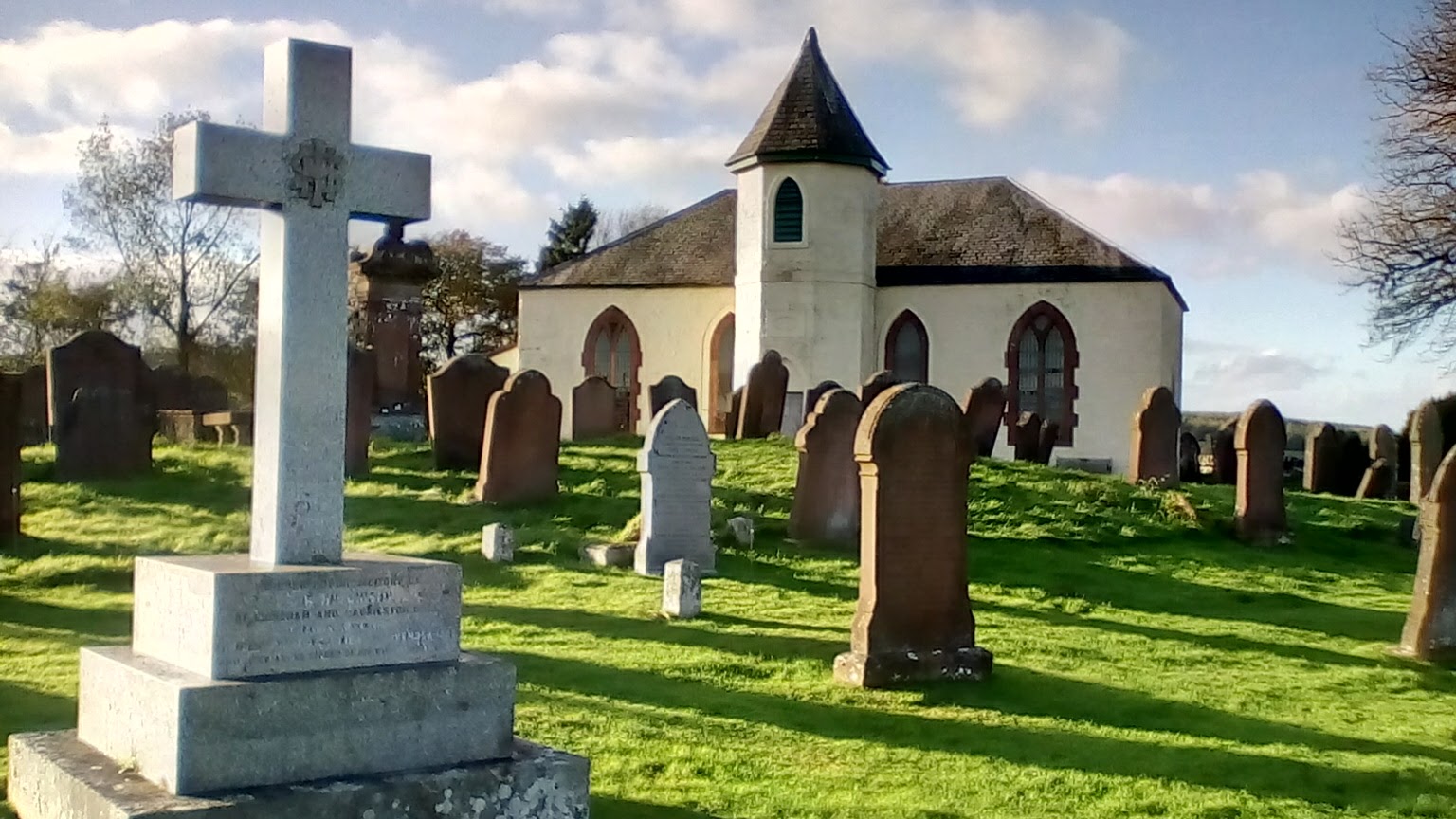Barend Moss
Downs, Moorland in Kirkcudbrightshire
Scotland
Barend Moss
![Bellymack Fields A large modern [post-2010] house on the B795 just east of Laurieston.](https://s3.geograph.org.uk/geophotos/07/03/04/7030495_5afb0445.jpg)
Barend Moss is a prominent natural feature located in the Kirkcudbrightshire region of Scotland. Situated in the heart of the Galloway Hills, it encompasses a vast expanse of downs and moorland, covering an area of approximately 5 square kilometers. The moss is situated at an altitude of around 400 meters above sea level, providing visitors with breathtaking views of the surrounding landscape.
The terrain of Barend Moss is characterized by rolling hills, heather-clad moors, and scattered clusters of trees, creating a picturesque and rugged environment. The site is renowned for its rich biodiversity, providing a home to a variety of flora and fauna. Visitors can expect to encounter several species of birds, including red grouse and skylarks, as well as native mammals such as red deer and mountain hares.
The moss is also of great historical significance, with evidence of prehistoric settlements and ancient burial sites found in the area. Archaeologists have uncovered remnants of stone circles and cairns, highlighting the long-standing human presence in the region.
Outdoor enthusiasts flock to Barend Moss to partake in various recreational activities, such as hiking, bird-watching, and photography. Several walking trails crisscross the landscape, offering visitors the opportunity to explore the natural beauty and tranquility of the area.
Barend Moss, Kirkcudbrightshire is a captivating destination for nature lovers and history enthusiasts alike, providing a unique and immersive experience in the heart of the Scottish countryside.
If you have any feedback on the listing, please let us know in the comments section below.
Barend Moss Images
Images are sourced within 2km of 54.951712/-4.0346758 or Grid Reference NX6963. Thanks to Geograph Open Source API. All images are credited.
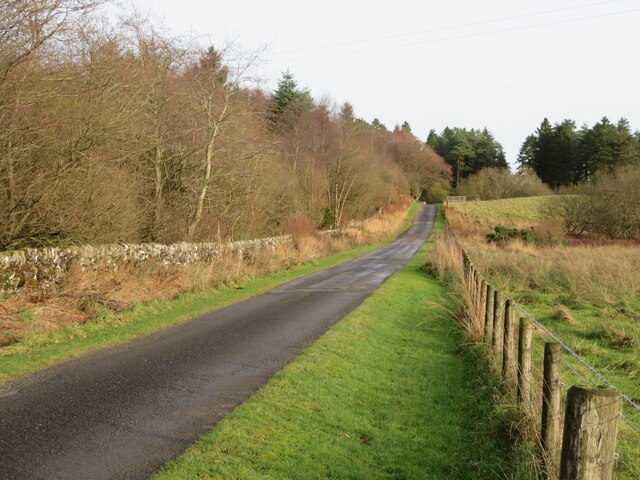
![Mum and Kid at red kite feeding station Red kites were once common scavengers around our cities, feeding on scraps and carrion. They were, however, persecuted in the 19C, wrongly thought to take lambs and game. By 1880 only a dozen or so remained in the UK, in valleys in mid-Wales. In 1989 a reintroduction programme was launched and 104 red kites were released in Galloway between 2001 and 2005. They are now well established and have bred since 2003 with increasing success, with 18 young fledging in 2003 to 104 in 2011, and from 4 to 58 nesting pairs over the same period. There are now about 320 in the area. They are encouraged by a feeding station near Laurieston at Bellymack Hill Farm, and large numbers can be seen and heard calling every day as they gather in the trees and wheel about making their whistling calls, waiting for the daily feed at 2pm [road kill and chicken]. For more information see the Galloway Kite Trail and RSPB links – <span class="nowrap"><a title="www.gallowaykitetrail.com" rel="nofollow ugc noopener" href="http://www.gallowaykitetrail.com">Link</a><img style="margin-left:2px;" alt="External link" title="External link - shift click to open in new window" src="https://s1.geograph.org.uk/img/external.png" width="10" height="10"/></span> and <span class="nowrap"><a title="www.rspb.org.uk/scotland" rel="nofollow ugc noopener" href="http://www.rspb.org.uk/scotland">Link</a><img style="margin-left:2px;" alt="External link" title="External link - shift click to open in new window" src="https://s1.geograph.org.uk/img/external.png" width="10" height="10"/></span>](https://s0.geograph.org.uk/geophotos/07/62/81/7628164_92a0e1e3.jpg)
Barend Moss is located at Grid Ref: NX6963 (Lat: 54.951712, Lng: -4.0346758)
Unitary Authority: Dumfries and Galloway
Police Authority: Dumfries and Galloway
What 3 Words
///teach.ranch.epidemics. Near Castle Douglas, Dumfries & Galloway
Nearby Locations
Related Wikis
Glenlochar
Glenlochar (Gd: Gleann Lochair) is a hamlet on the western bank of the River Dee in the parish of Balmaghie in the historical county of Kirkcudbrightshire...
Balmaghie
Balmaghie ( bal-mə-GEE), from the Scottish Gaelic Baile Mhic Aoidh, is an ecclesiastical and civil parish in the historical county of Kirkcudbrightshire...
Abbey Yard
Abbey Yard is a location in Dumfries and Galloway, Scotland. Abbey Yard is near Glenlochar in the historical county of Kirkcudbrightshire in the Dumfries...
Threave Castle
Threave Castle is situated on an island in the River Dee, 2.5 kilometres (1.6 mi) west of Castle Douglas in the historical county of Kirkcudbrightshire...
Nearby Amenities
Located within 500m of 54.951712,-4.0346758Have you been to Barend Moss?
Leave your review of Barend Moss below (or comments, questions and feedback).
